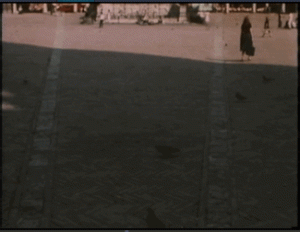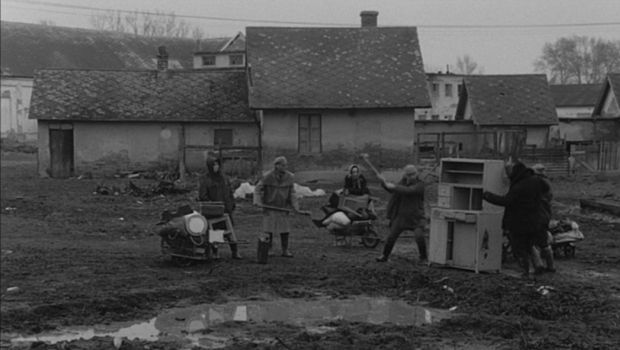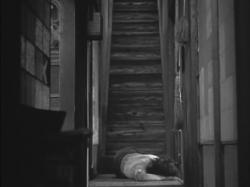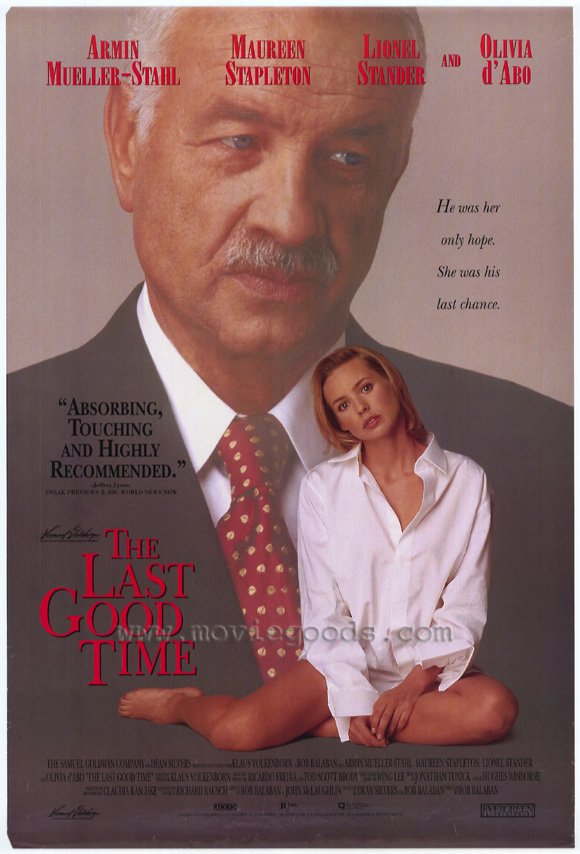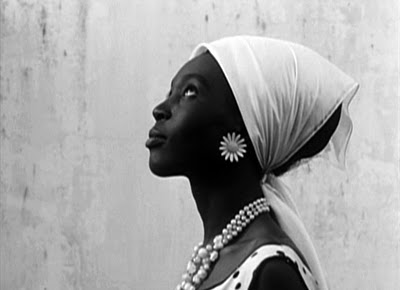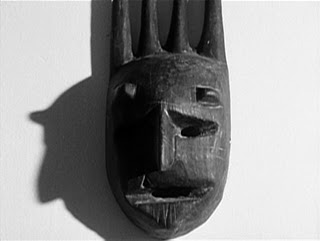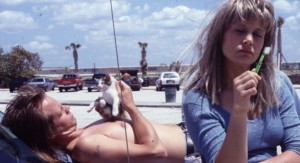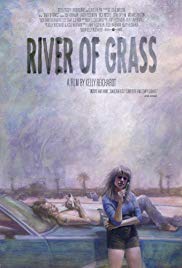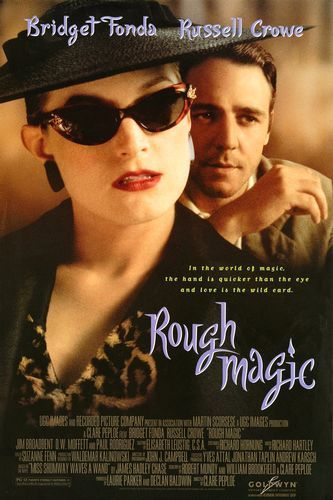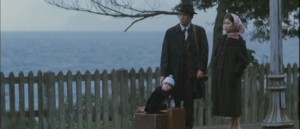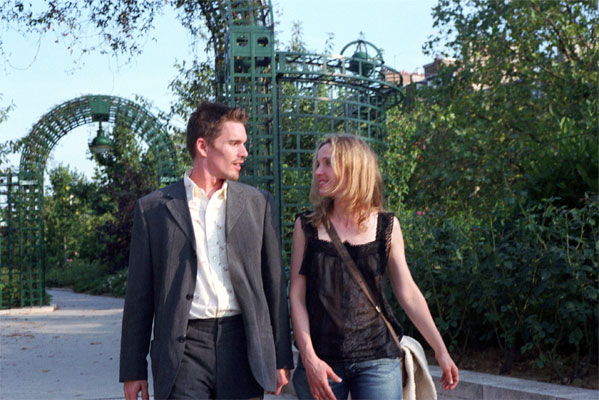The following text, a late addition to this web site, was copied almost verbatim (apart from the correction of typos) from the laptop of the late Peter Thompson, thanks to the help of his widow, Mary Dougherty. — J.R.
Jonathan Rosenbaum, “Talking to Strangers: A Look at Recent American Independent Cinema”, ARTPAPERS, Vol. 13, No. 5, September/October 1989, pp. 6-10.
The following article is excerpted from a lecture given on June 15, 1989 in Lisbon, Portugal, at a seminar organized for the Luso-Americanos de Arte Contemporanea at the Fundacao Calouste Gulbenkian to introduce screenings of a dozen recent American independent films selected by Richard Peña and myself. Peña and Jon Jost also gave lectures at the same seminar — the former offered a broad history of independent filmmaking in the U.S., while the latter gave a subjective account of his own experiences as an independent filmmaker — followed by interventions from Portuguese critics.
It is virtually impossible to treat recent American independent film as a unified, homogeneous body of work. While there has been an unfortunate tendency in academic criticism to treat Italian neo-realism. the French nouvelle vague, or Hollywood films during any particular decade as if they had homogeneity and unity, such an effort can be made only if one views the work incompletely and superficially, and this is perhaps even more true with an unwieldy category such as American independent film. Read more

